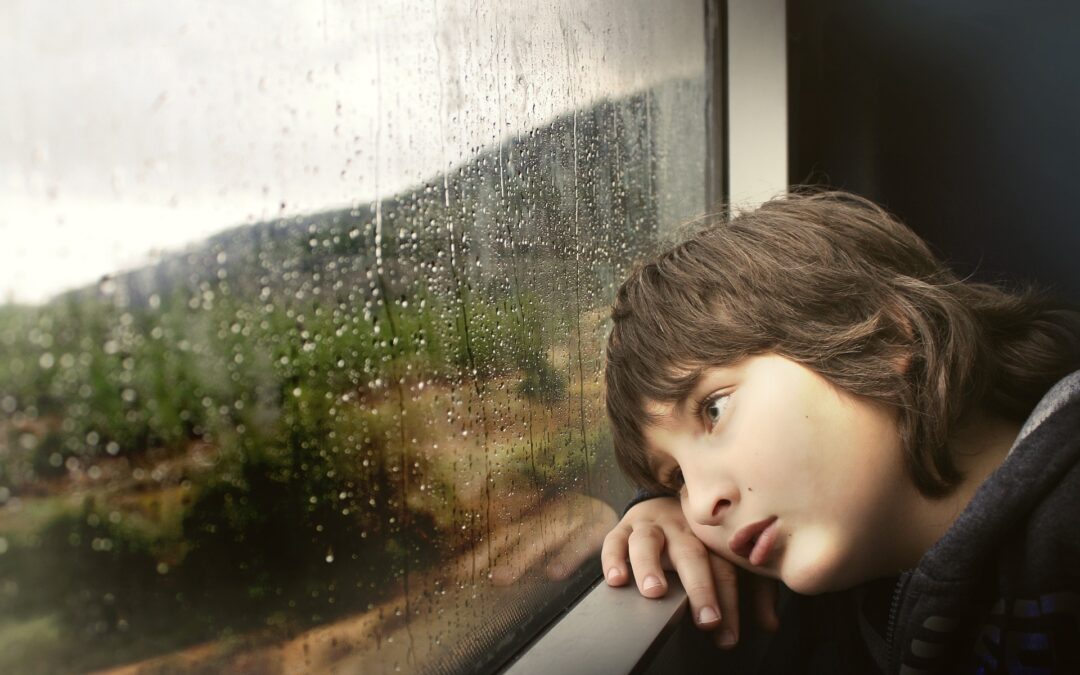In support of April being child abuse awareness month, here is some information about child abuse, including helpful resources related to outcomes, what constitutes abuse, and how you can help if you feel abuse is occurring.
An instance of child abuse is reported in the United States every ten seconds. There is a well-known connection between childhood experience and adult health outcomes. Accordingly, catching and impacting this important issue in a meaningful way has significant long term impacts on not only its victims but on our health care system as a whole.
- The median age for reported abuse is 9 years old
- 49% of abuse victims are between the ages of 6 and 12
- 74% of abuse victims are female while 26% are male
- 4 or more children die each day from child abuse
There are many different types of child abuse. Knowing something about them is important for understanding the signs of abuse.
1. Physical Abuse
This occurs when the child’s physical person is put in danger. The child doesn’t have to be seriously hurt for physical abuse to occur. The following are some types of physical abuse:
- Burning a child
- Hitting, kicking, or biting a child
- Holding a child under water
- Shaking or throwing a child
- Throwing objects at a child
- Tying up a child
Signs of physical abuse may include:
- Bruises, welts, or other injuries that can’t be explained or don’t match the child’s explanation of the injuries
- Unexplained burns
- Injury marks that have a pattern, like from a hand, belt, or other object
- Multiple injuries at different stages of healing
- Untreated medical or dental issues
- Child may avoid any kind of touch or physical contact
- Child may be afraid to go home or always seems to be on high alert
- Child may withdraw from friends and activities
2. Sexual Abuse
This results from ANY kind sexual activity with a child, not just physical contact. The following are some kinds of sexual abuse:
- Forcing a child to take part in pornographic pictures or videos
- Any sexual contact with the child, from kissing in a sexual way to having sex
- Phone calls, emails, texts, or other messages that are sexual in any way
- Exposing child to pornography
- Telling “dirty” jokes or stories
Signs of sexual abuse may include:
- Child avoids a certain person for no clear reason
- Child has bloody, torn, or stained underwear
- Bruising or bleeding around the genitals
- Pregnancy or STDs, especially for boys and girls under 14 years old
- Child refusing to change clothes in front of others
- Running away from home
- Sexual activity or knowledge that people usually have only when they’re older
3. Emotional Abuse
This occurs with the presence of behaviors that harm a child’s emotional well-being and development. The following are some types of emotional abuse:
- Abuse of others when the child is around; such as a parent, brother, sister, or pet
- Failing to show the child love and affection
- Ignoring the child and denying emotional support and guidance
- Shaming, belittling, criticizing, or intentionally embarrassing a child
- Teasing, threatening, bullying, or yelling at the child
Signs of emotional abuse may include:
- Constant worry about doing something wrong
- Speech problems or delays in learning and emotional development
- Depression and low self-esteem
- Child performs poorly in school
- Child displays extreme behavior, such as being way too obedient or way too demanding
- Headaches and stomachaches with no clear cause
4. Neglect
Occurs when a caregiver doesn’t provide basic protections for the child such as:
- Clothing
- Food
- Heat in cold weather
- Housing with clean living conditions
- Medical care
- Neglect is also when someone leaves a child alone for long stretches of time or under dangerous conditions.
Signs of neglect may include:
- Always looking dirty
- Being left alone or in the care of other young children
- Eating more than usual at a meal or saving food for later
- Doesn’t get medical, dental, or mental health care
- Child Misses a lot of school
- Poor weight gain and growth
What to Do if You Suspect Abuse
If you suspect child abuse, it’s important to report it. It isn’t a private matter or a family problem. A child’s physical and emotional well-being, and maybe even their life, could be at stake.
You don’t need proof to report abuse. If you suspect it, call your local child protective services, police, a hospital, or a hotline, such as the Childhelp National Child Abuse Hotline at 800-422-4453.
Depending on the situation, there are many ways you can help the child:
- If a child needs medical care, call 911 immediately.
- If you think someone has abused your child, keep them away from that person and contact police.
- Help the child get therapy to start healing from the abuse.
- Make sure the child feels supported and knows this is not their fault.

